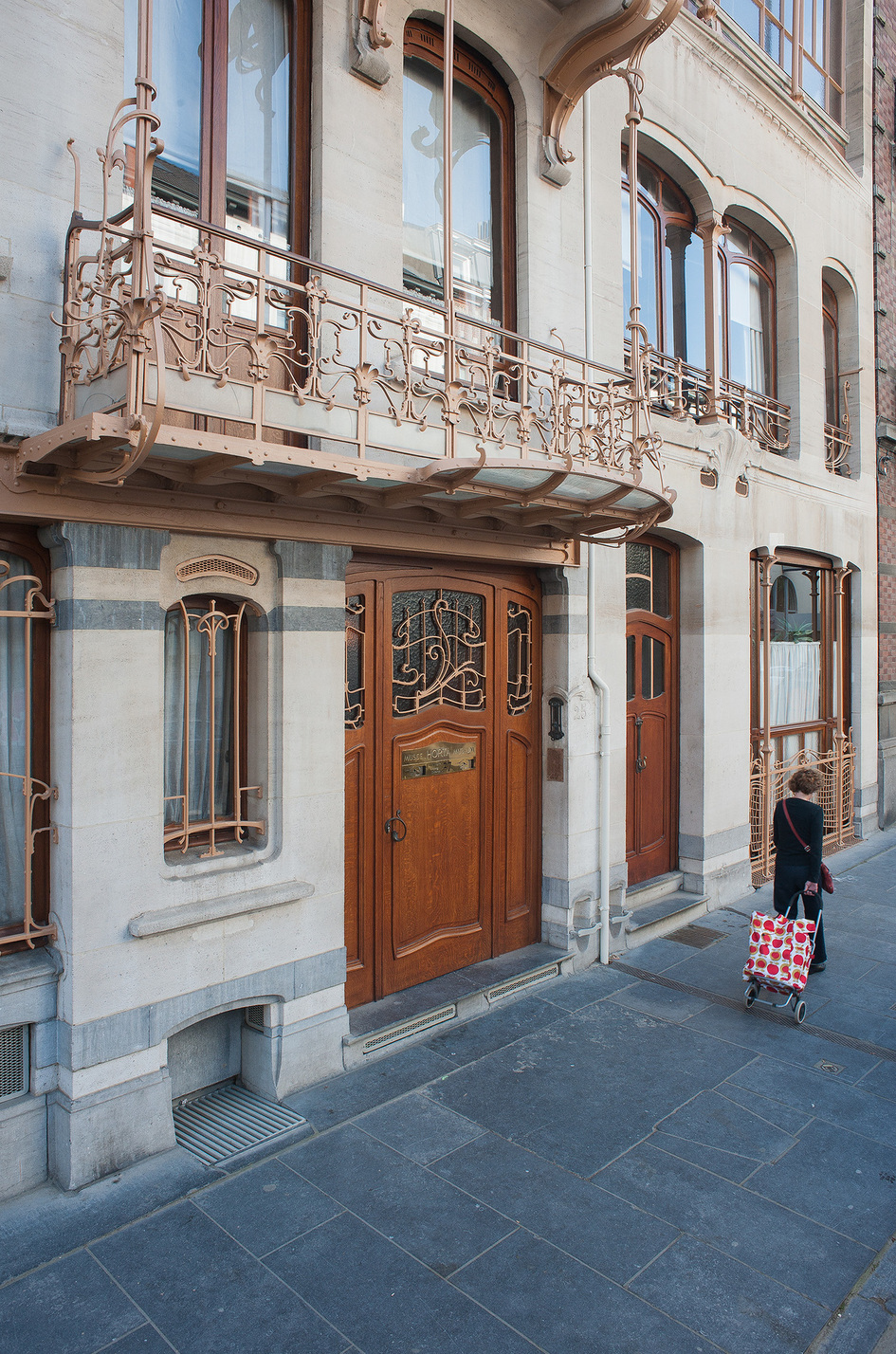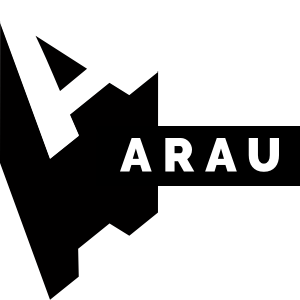Turn-of-the-century Brussels: from Ixelles to Schaerbeek
The “Turn-of-the-century Brussels” guided tours offer opportunities to explore the history of urban development and architectural design in this defining period for the Brussels region.

Unprecedented population and urban growth in the second half of the nineteenth century accelerated the expansion of Brussels and led to major changes in urban life in general. Following the removal of its walls, the city expanded into its suburbs. The extension of its tram network accompanied the laying out of arterial main roads which encouraged the urban development of the outer suburbs, laid out around monumental buildings: new perspectives framed the beautification of the city.
The number of apartment buildings quadrupled in a just a few decades and their design palettes blended the Neo-Classical, Neo-Gothic, Art Nouveau and Eclectic styles, a diverse range belonging to the end of the nineteenth century that became part of the city’s identity. Much of the existing historic cityscape of the Brussels region was built in this period.
The “Turn-of-the-century Brussels” guided tours offer opportunities to explore the history of urban development and architectural design in this defining period for the Brussels region. To make the most of the experience and to get an idea of the scale of this urban phenomenon, ARAU offers visits to two different districts on each guided tour, travelling between the two by tram, a means of transport whose historical role in the development of urban Brussels will be explained.
